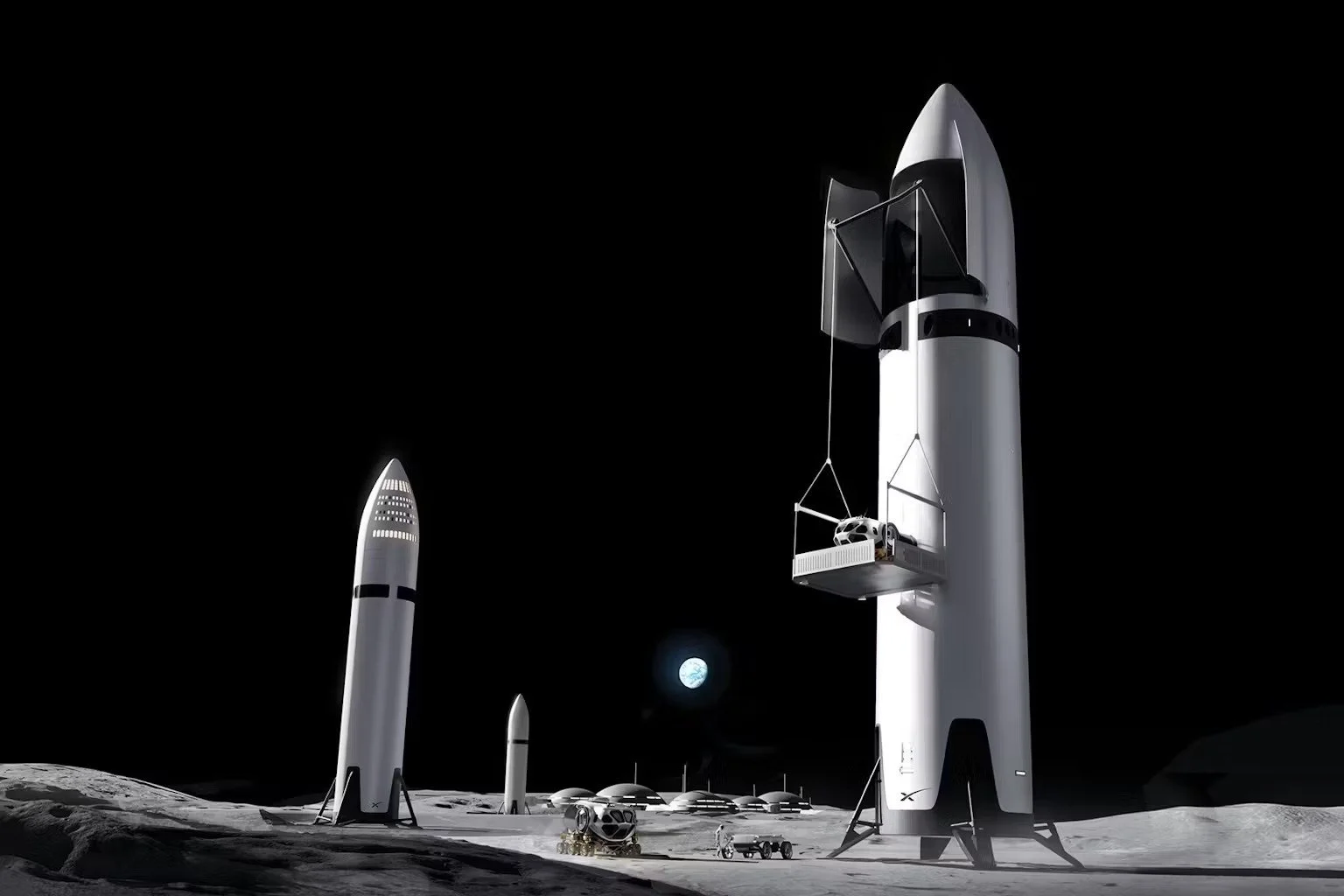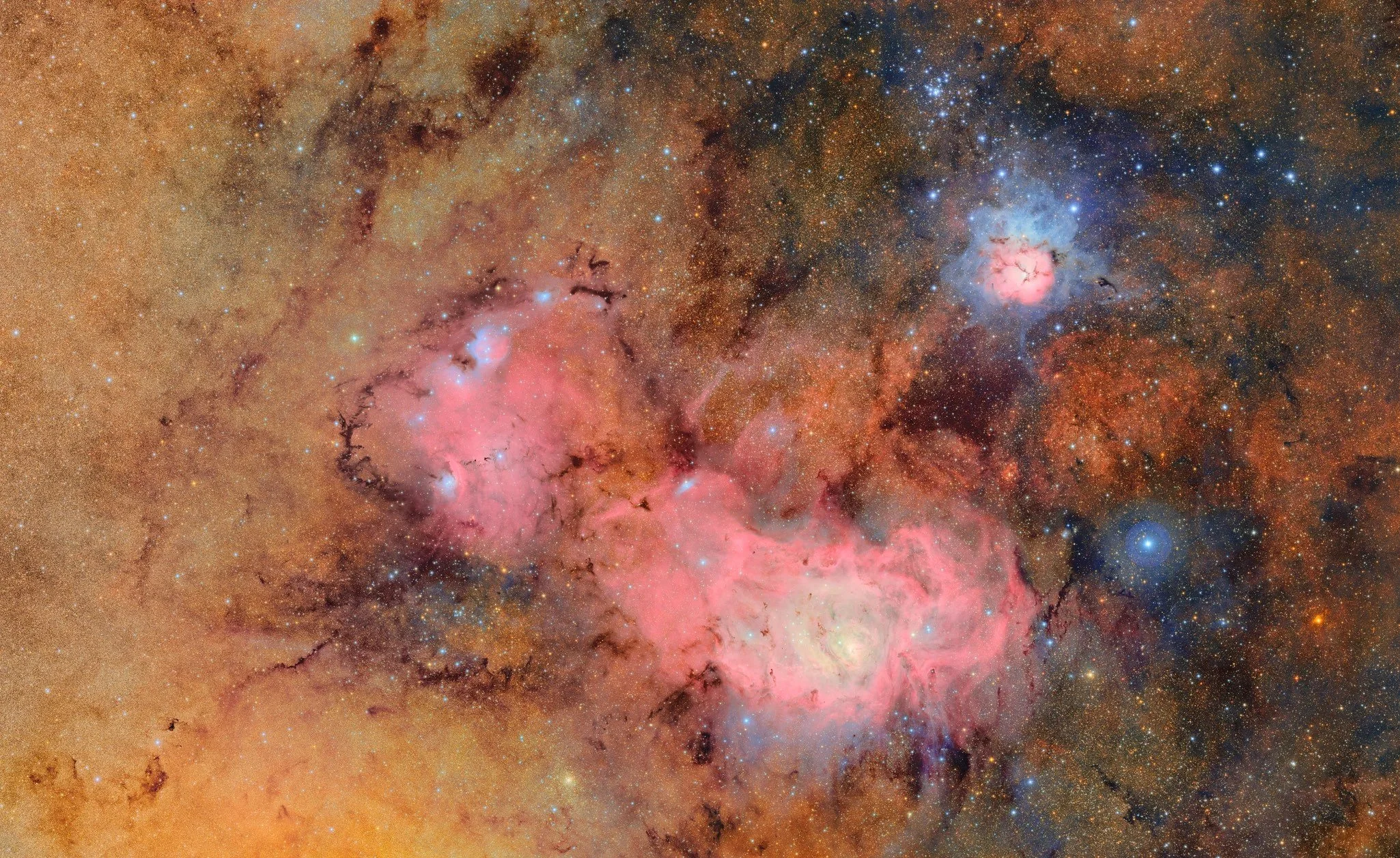What’s Gone Wrong Between Nasa And Elon Musk’s SpaceX?
Elon Musk’s company SpaceX and Jeff Bezos’ company Blue Origin have submitted simplified plans to Nasa designed to return US astronauts to the Moon’s surface.
Humans Have An Internal Lunar Clock – But Light Pollution Is Disrupting It
Most animals, including humans, carry an internal lunar clock, tuned to the 29.5-day rhythm of the Moon. It guides sleep, reproduction and migration of many species. But in the age of artificial light, that ancient signal is fading – washed out by the glow of cities, screens and satellites.
Our Quest To Find A Truly Earth-like Planet In Deep Space
The quest to find an Earth twin – a planet that truly resembles Earth in size, mass and temperature – continues to drive modern-day explorers like us to search for more undiscovered exoplanets. Our expeditions may not take us on death-defying voyages and treks like the past legendary explorers of Earth, but we do get to visit beautiful, mountain-top observatories often located in remote areas around the world. Article by by Professor Christopher Watson and Associate Professor Annelies Mortier.
The Hunt For ‘Planet Nine’: Why There Could Still Be Something Massive At The Edge Of The Solar System
Is there a massive undiscovered planet on the outer reaches of the Solar System? The idea has been around since before the discovery of Pluto in the 1930s. Labelled as planet X, prominent astronomers had put it forward as an explanation for Uranus’s orbit, which drifts from the path of orbital motion that physics would expect it to follow.
Could The First Images From The Vera Rubin Telescope Change How We View Space For Good?
We are entering a new era of cosmic exploration. The new Vera C Rubin Observatory in Chile will transform astronomy with its extraordinary ability to map the universe in breathtaking detail. It is set to reveal secrets previously beyond our grasp. Here, we delve into the first images taken by Rubin’s telescope and what they are already showing us.
The Big Seven: Why Numbers Matter in Astrophotography
Astrophotography is often described as a mix of art and science, and nowhere is that more true than when you're diving into the technical numbers behind your imaging session. While the beauty of a final image might capture hearts, it’s the data behind the scenes that determines its quality. These numbers are the silent narrators of your night under the stars. Understanding and monitoring them can make or break your imaging session. These seven numbers are: HFR, RMS, Mean ADU, SQM, Star Count, Eccentricity and SNR.
Astrophotography Anywhere: Best Deep-Sky Targets for Light-Polluted and Dark-Sky Locations
Astrophotography isn’t just for those with access to pristine, dark skies. Whether you live under a heavily light-polluted city sky or travel to remote locations, there are deep-sky targets you can capture with stunning results. This guide will help you choose the best objects based on your location, along with tips on filters, exposure settings, and techniques to get the most out of your skies.
A Real Treat for Skywatchers: Rare Planetary Parade
On February 28, 2025, spave enthusiasts are in for a rare celestial treat: a "planetary parade" featuring seven planets—Mercury, Venus, Mars, Jupiter, Saturn, Uranus, and Neptune, visible in the night sky simultaneously. This extraordinary alignment won't occur again until 2040, making it a must-see event for astronomy enthusiasts.
The Earliest Galaxies Formed Amazingly Fast After The Big Bang. Do They Break The Universe Or Change Its Age?
The James Webb Space Telescope (JWST) is the largest and most powerful space telescope built to date. Since it was launched in December 2021 it has provided groundbreaking insights. These include discovering the earliest and most distant known galaxies, which existed just 300 million years after the Big Bang.
Light Pollution Has Cut Humanity’s Ancient Connection With The Stars – But We Can Restore It.
Humans are naturally afraid of the dark. We sometimes imagine monsters under the bed and walk faster down unlit streets at night. To conquer our fears, we may leave a night light on to scare away the monsters and a light over the porch to deter break-ins.
A New Generation of Telescopes Will Probe The ‘Unknown Unknowns’ That Could Transform Our Knowledge of The Universe
In recent decades, we’ve learnt huge amounts about the universe and its history. The rapidly developing technology of telescopes – both on Earth and in space – has been a key part of this process, and those that are due to start operating over the next two decades should push the boundaries of our understanding of cosmology much further.











